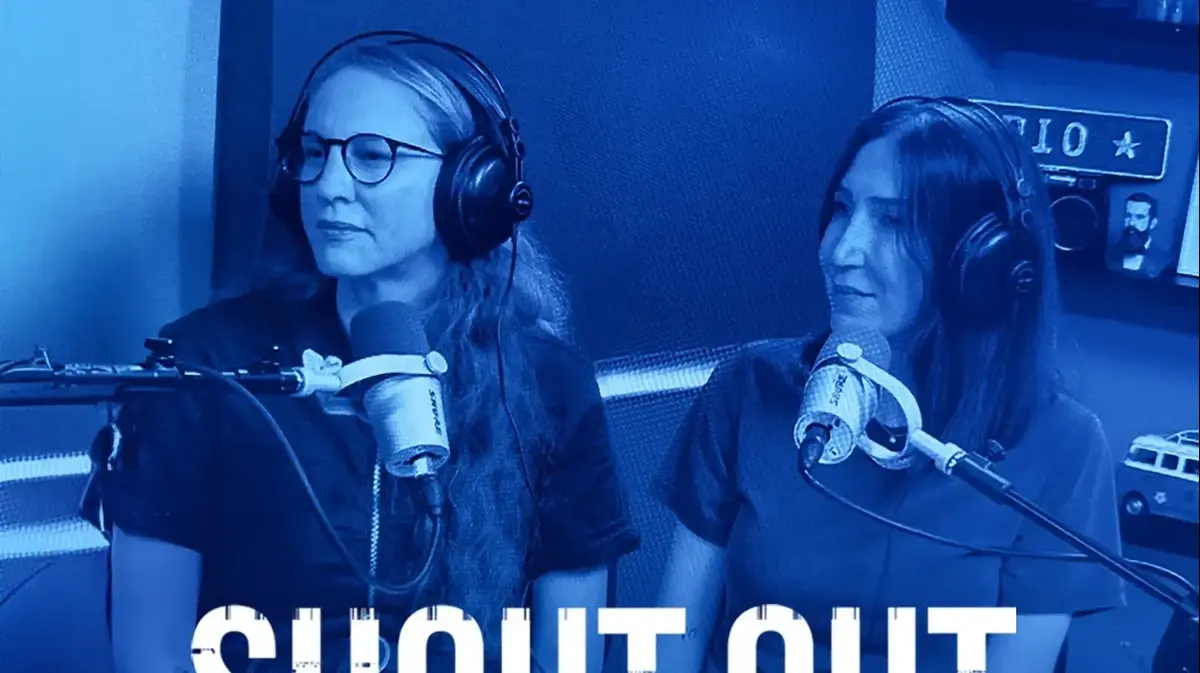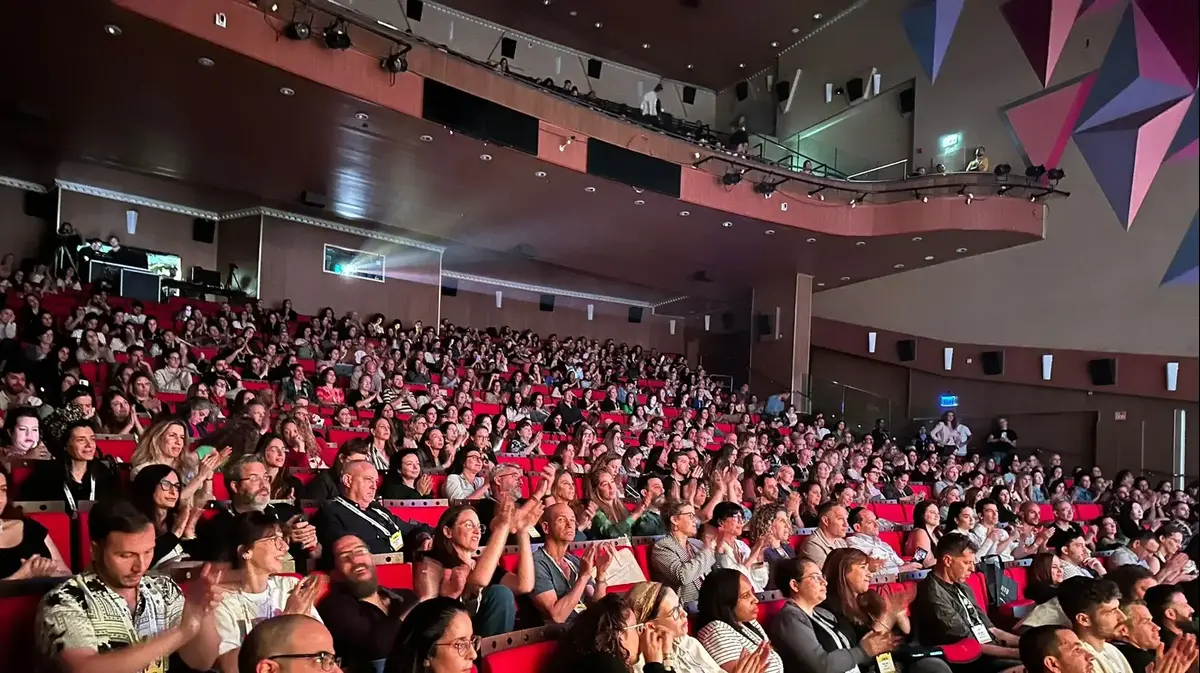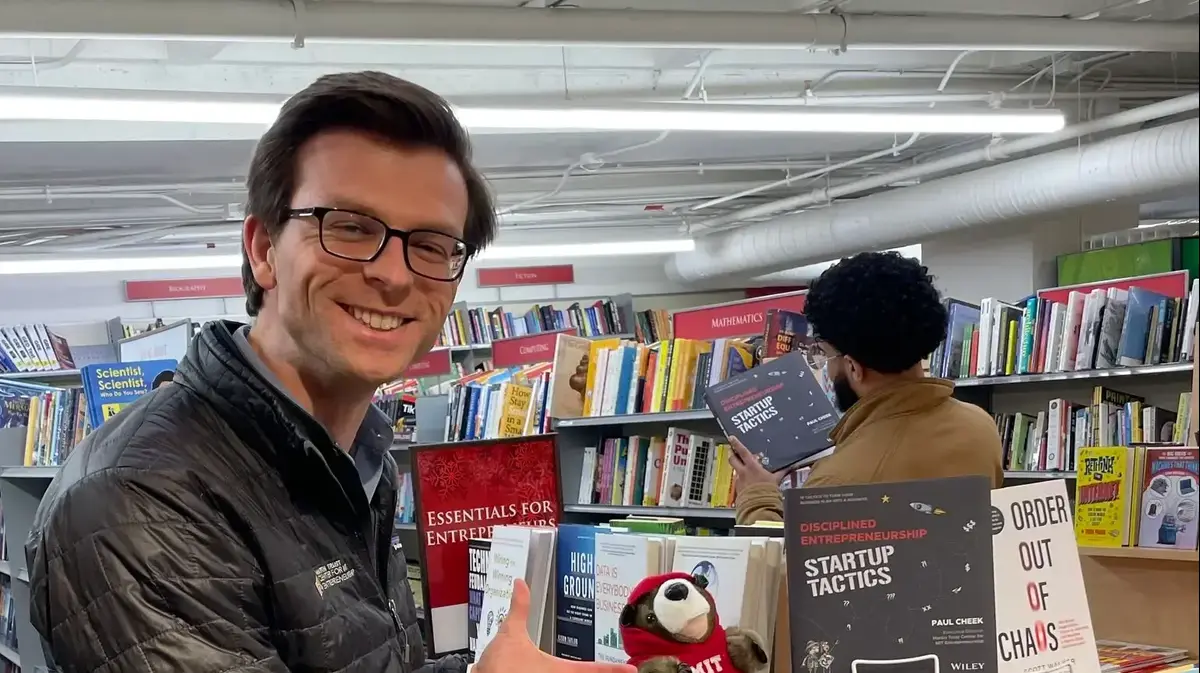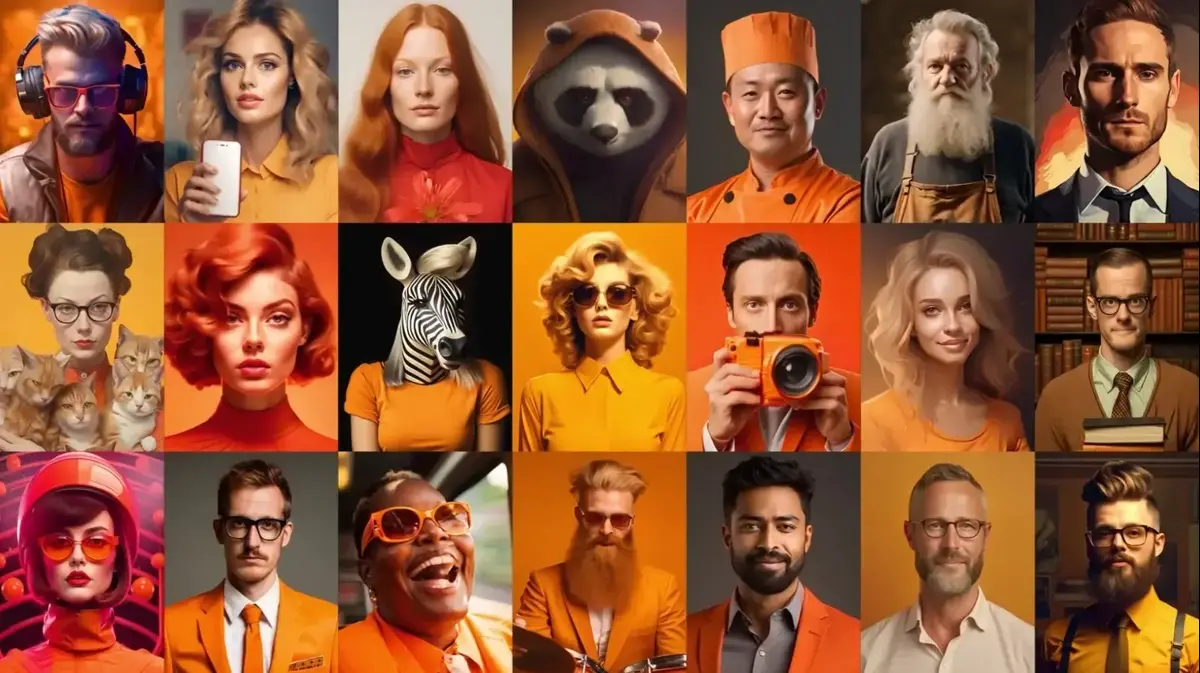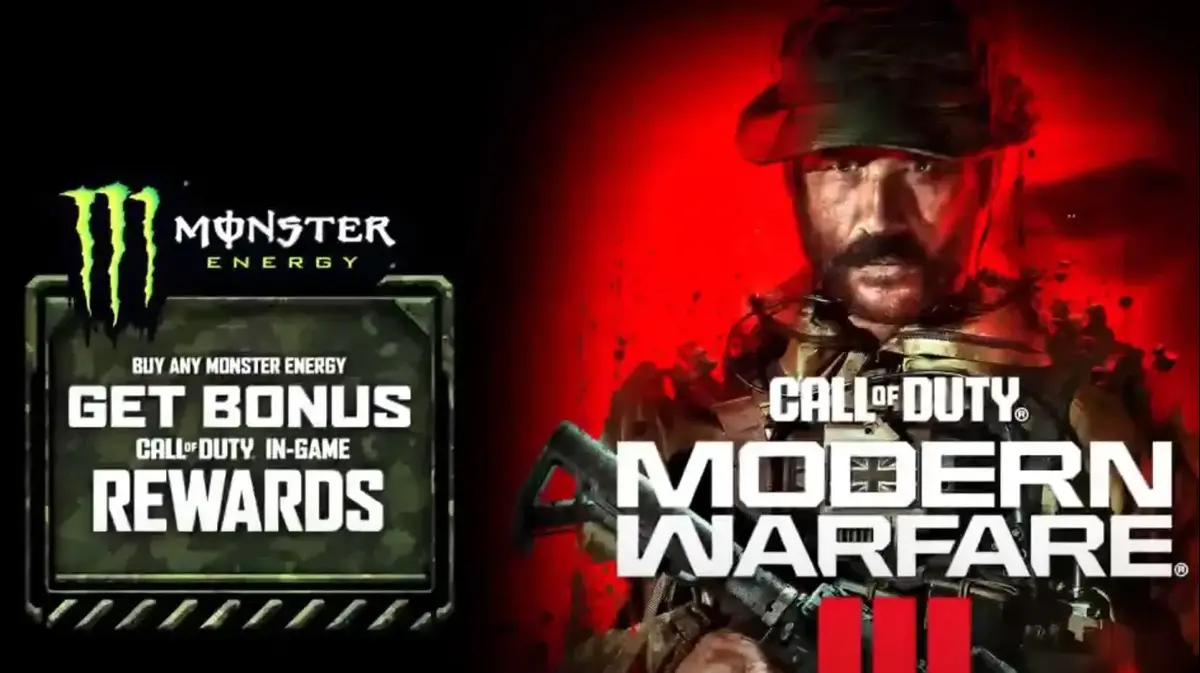How YouTube turned from an esoteric startup into a global media powerhouse that changed the face of history
Long before the era of Instagram, Tiktok, and YouTube, YouTube was the first platform in the world that allowed surfers to upload videos to the network and manage independent video channels.
Since then countless amazing features have been added to it, but it seems that the focus has gradually shifted from the viewers to the content creators
Ditza Kern
10/08/2022
Wednesday, August 10, 2022, 07:36 Updated: 08:03
Share on Facebook
Share on WhatsApp
Share on Twitter
Share by email
Share in general
Comments
Comments
The group of marketing people in Israel. (Photo: Unsplash, Yaron Other)
The initial idea with which the YouTube entrepreneurs started their business journey, somewhere in 2005, was not to establish the largest video database in the world, which is over 60 thousand years long, or the second largest search engine in the world.
Believe it or not, YouTube started as a dating site, and it drew inspiration from the only model that existed at the time - HOTorNOT - a simple site that allowed surfers to browse through other people's photos and decide 'based on a photo alone' if it is HOT or if it is NOT.
That site has long been forgotten, but it left a huge mark on everything that happened afterwards both in social networks and in the world of online dating, long before it became a thing. The whole concept of like or dislike, swiping right or left, it all started there.
Back to YouTube, like any startup at the beginning, YouTube was also a side project.
At that time, the three entrepreneurs who founded it, Jawad Karim, Steve Chen and Chad Hurley, even worked at PayPal.
To motivate people to sign up for the platform, they used to advertise Craigslist, the American equivalent of Lid2 (only Lid2 has improved dramatically since then and Craigslist still looks like it did 20 years ago), and invited people to upload videos in which they would tell about themselves, in the hope that this way they would find a match.
The response was so low that at one point they had to offer people a $100 payment just to get them to take the first step.
Although that didn't work either, it's interesting to note that almost 20 years later, YouTube is still the only major platform that rewards content creators with money.
When nothing else helped, YouTube entrepreneurs decided to make the pivot that later turned out to be a decisive move: to get off the dating scene and open the platform to videos on any topic.
YouTube's proof of feasibility
In the first video ever uploaded to YouTube, which lasted only 19 seconds, Jawad Kareem is seen at the San Diego Zoo with elephants behind him, saying: "Okay, so here we are in front of the elephants. The cool thing about these guys is that they have really, really sharp Really long, and it's cool. And that's pretty much all there is to say."
Don't believe me?
See for yourself!
The first video on YouTube
By today's standards this would never pass, but in the innocent world of 2005, it turns out that was really all that needed to be said to give the platform the initial push it needed to break into the public consciousness - the proof of feasibility.
Those who still remember the days before the era of high-speed internet, smartphones and social networks, know that videos were a serious challenge for servers back then.
If you wanted to watch a full-length movie via streaming, you had to wait two days for the file to download to your computer, and if you wanted to send the same movie to someone else, it was already an almost impossible task.
The elephant video may seem silly at first glance, but it proved beyond any doubt that despite the technological limitations, sharing video online was indeed possible.
The videos that changed everything
Subsequent uploads to YouTube have already documented the tsunami that hit the Indian Ocean in 2004, and Janet Jackson's peeping mishap during the Super Bowl halftime show that year.
These events marked YouTube's first significant growth.
YouTube of course continued to invest in expanding its servers to allow unlimited storage infrastructure, and it was definitely worth it because a few months later, the first video on YouTube crossed the million view mark.
It was a clip of Brazilian soccer player Ronaldinho receiving a pair of gold Nike shoes as a gift.
Later, Nike was one of the first corporations to embrace the promotional potential of YouTube.
The first viral video on YouTube
In 2012, "Opa Gangam Style" was the first video to break the billion-view mark, but the platform grew so quickly that three years later, that record was broken again with Adele's "Hello," which did so in just 88 days.
Later, Justin Bieber's "Baby", "Despacito", and of course the well-known toddler hit "baby shark" achieved the same feat.
Since then, naturally, this list has only been growing.
A round of recruitments and a long list of features
Towards the end of 2005, YouTube raised a first investment from Sequoia Capital in the amount of 3.5 million dollars, which added another 8 million dollars during 2006. Towards the end of that year, YouTube was acquired by Google for an insane amount of 1.65 billion dollars and the rest, as they say, is history.
With such large budgets in such a short time, it's no surprise that YouTube hasn't rested for a moment.
One after the other, they launched new features for viewers and content creators, some of which were shelved long ago, such as the 10-minute video limit, and others that are an essential part of the platform to this day, such as the comments and playlists, which were added just before the purchase by Google.
In the following years, several improvements were introduced Technical ones that allowed content creators to upload 480P videos and later also 1080P and finally 4K. Content creators received tools for analyzing surfers, tools for live broadcasting, and many other good features.
But the most significant feature that was completely ahead of its time was the personalization of profiles and browsing history, designed to match surfers with the content they like.
True, today everyone does it, but in those days it was unimaginable.
When I first started to discover the wonders of YouTube, I remember how excited I was by the ease and grace with which YouTube knew how to find exactly the content I like, based on other things I watched, even if I didn't like or subscribe to updates.
That's where I got hooked.
The monetization of YouTube
Simultaneously with the introduction of paid ads to the platform, YouTube made several moves that made the work of content creators profitable, for the first time in history.
In May 2007, the YouTube affiliate program was launched and many content creators could finally turn their hobby into an actual profitable income stream and treat it as a profession.
In August of that year, the first ads entered the platform.
Today we know that this step proved itself financially, but I think it was a brave move, not to mention dangerous.
It should be remembered that this happened only shortly after Facebook did this for the first time in history, and many believed that the monetization of social networks would be what would eventually bring them down.
They couldn't be further from the truth.
In 2009, official bodies such as the US Congress and the Vatican first started to open their own channels and broadcast on YouTube.
This was new news to the world because it enabled a much higher level of transparency that did not exist until then, and it added a lot of credit to YouTube.
After acquiring Next New Networks (an original video programming company) in March 2011, YouTube launched its first original channels.
This move created an opportunity for original content creators to earn even more money in return for creating videos that will be featured exclusively on the platform.
To this day, you can see the loyalty effect created by this move, when even creators with a very large number of followers choose to stay on YouTube and not spill over to other platforms but with the aim of promoting their channel, somewhere else, on YouTube.
It is surprising that only in 2014 YouTube added a paid service that allows surfers to listen to music without advertisements.
After going through several incarnations and changing names along the way, this service became what is known today as YouTube Premium.
The "ad apocalypse" that left viewers outside
This story should be stopped here, because even though YouTube is still one of the leading media giants, the following chapters already paint a different picture.
In 2017, an anti-Semitic joke that got out of hand on one of the biggest channels created a new concept: "The Ad Apocalypse".
This drove away advertisers, who were afraid to host their ads on YouTube because they didn't want their brand to be associated with someone making shady comments and jokes.
Following the incident, YouTube established new rules for monetization and disqualified entire videos and channels from monetization options due to content perceived as "unfriendly to advertisers".
Viewers and creators alike were outraged and began boycotting YouTube on the grounds of excessive censorship.
This was also the background that led YouTube to launch the "two ads" feature for the first time, where one of them cannot be skipped, thus compensating for the losses.
And yet, when there are fewer ads and fewer viewers, there is less money.
From here on, instead of adding more and more features as it has done all along, it seems that the list of features, especially those intended for viewers who are not content creators, just keeps getting shorter.
For example, until 2019 you could automatically create a playlist of the last 5000 videos you liked, and share them with others.
Today, to do that, you'll have to compile the playlist manually.
The playlist options have been significantly reduced, and it is no longer possible to add comments and likes to playlists.
These features, which have been around since 2010, just disappeared in one day, and what a shame.
To add insult to injury, in June 2020 YouTube began phasing out the ability to use categories on its platform.
It also removed the ability to filter content by date, so new videos are always shown first.
While both of these things can still be done, these features are almost invisible, and you have to really look to find them.
For me personally, this manifests itself in yoga videos that suddenly jump out at me while driving, and you'll agree with me that it's really impractical.
In 2021, YouTube launched its answer to TikTok - SHORTS, which doubled the number of creators on the platform but lowered the quality of content in an unprecedented way.
Today, it is ending support for YouTube Go, a dedicated YouTube app that allowed millions of viewers in areas with poor reception to download videos to their device and watch them offline.
It seems that the main focus right now is to enable more tools for creators, such as the latest addition that allows you to zoom in on videos, and bridge the gap between smart TVs and desktop and mobile.
From my perspective, YouTube has strayed a little too far from its original purpose.
Today, it houses so many types of videos in so many fields, whether it's music, podcasts, lectures, talk shows, news, and this database is only growing, so how can it be that all navigation in it is based only on search?
True, there are sophisticated algorithms that supposedly know what content to show us and when, but they are still no substitute for a good user experience.
Ditza Keren
is a content reporter and editor at Walla!
Marketing and digital
Want to comment?
Join the discussion in the group where the discourse of the marketing world takes place
To the full article
Now, what do you think?
I'm sure that at least some of you have insights into the path that YouTube has taken, the question of whether it is on the right path and the service it provides to marketers.
Let's voice an opinion in a group where marketing is seriously talked about.
Marketing and digital
developing
Tags
YouTube
video
Entrepreneurship
platform
social media
scouts
Internet advertisement


